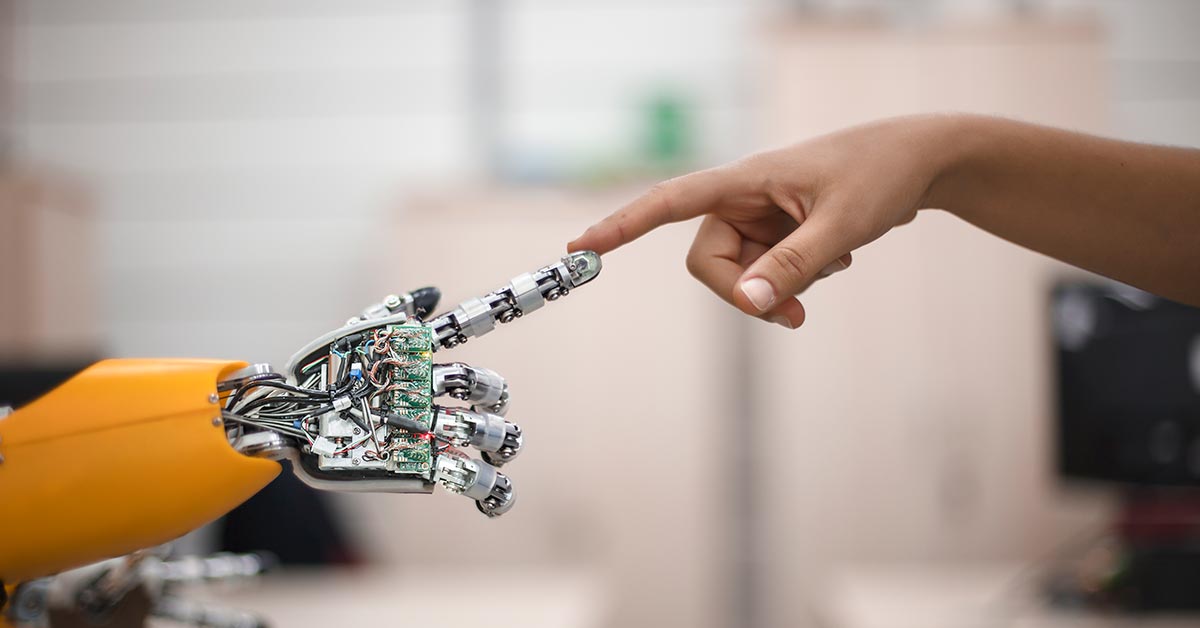
The future really is here, folks, and it includes robotic dentists.
According to a recent article in the South China Morning Post, a shortage of qualified dentists for the country’s large population and some citizens deciding to trust their dental health to pseudo-professionals has led to the establishment of robot technology that is able to replicate the care of dental professionals. And on Saturday, September 16 the first demonstration of the ability of such technology was put on display.
A robotic dentist successfully and autonomously implanted two 3D printed teeth into a dental patient without any active human aid. Dental professionals were on hand, however, to make adjustments to the robot before the surgery began and to monitor its performance in case intervention was necessary. The procedure took about an hour and the robot was able to place the implants within industry accepted standards (a .2 – .3mm margin of error).
The female patient volunteered to be this robotic dentist’s first patient. To prepare her and the robot for a successful procedure, the research team fitted her with position orientation equipment. The information gathered from this equipment was then used to program the robot to the specific needs of the patient, including pertinent location, angle and depth requirements for properly seating the implants. Once programmed the team tested the robot’s movements to ensure it performed as expected. Then they placed the woman under a local dental anesthetic and the procedure began. The robotic dentist carried out the procedure expertly, even making adjustments to its work based on the patient’s movements. It was a rousing success.
The robot was designed by the research teams from a Chinese medical university and robotics institute, ensuring the proper balance between technology and dental expertise went into its creation. It is a huge leap for dental technology, as it shows the potential benefits we can reap from the combination of human expertise in dentistry and the ability of technology to perform tasks without the risk of human error.
A report on the robotic surgery pointed out how oral surgeries were ideal procedures for applying this type of technology. The oral cavity—particularly in young children—can be a difficult place to perform a surgery. Surgeons work in a small space that allows for a limited range of motion and has some areas that are hard to see clearly, which requires the highly controlled use of surgical tools and increases the chance of human error. Robotics, on the other hand, could eliminate potential errors caused by human performance limitations.
In a place like China, where out of an estimated 400 million people in need of dental care only 25% receive the care they need, this technology could be invaluable.
And even here where we are fortunate to have a more balanced ration between dental professionals and citizens needing dental care, this technology could prove useful in certain dental procedures that require the highest level of accuracy and agility. After all, the FDA has already approved a robotics program that assists the dental professional in surgical procedures, so having a robot perform an entire procedure may not be as crazy as it seems.
As the dental industry continues its never-ending search for the latest and greatest technologies to best serve patients, we can’t help but wonder what the industry will be capable of even a decade from now. We’re sure that whatever the advances are they will continue to amaze those of us who get to observe them.

